|
Hawaii Distributor
Southern Glazers Wine and Spirits |
The History of Fundador: The First Brandy de Jerez
Distillation in Spain started as early as 711 AD when the Arabs, the inventors of distillation, established themselves in the Jerez area. In Jerez, distillation’s prominence in commerce can be seen in the minutes of the 1580 Town Council of Jerez, which referenced the importance of the “tax on spirit.” However, it was not until the mid 19th century that English and French sherry merchants consolidated brandy and sherry producers and established the guidelines for Brandy De Jerez. It was during this period, 1874 specifically, that Pedro Domecq Loustau established the first brandy marketed as Brandy De Jerez Fundador, Fundador meaning founder. Legend has it that these guidelines, which called for maturation in sherry casks (aka the Solera System), were the result of an oversupply of a brandy consignment. The brandy sat in the barrel so long that it improved dramatically and formed the basis for the Fundador Solera.
For Pedro Domecq and Bodegas Fundador, the subsequent century was fruitful. The brand’s quality, expressed under a slogan “Está… como nunca” meaning “Better than… ever,” led it to dominate the national alcoholic beverages market in the 1970s, the apogee for brandy in Spain. Further growth by Pedro Domecq occurred between 1990 and 1994. During this time, Domecq, recognized as the world’s reference in the distribution of sherry wines, purchased Terry, the producer of the best-selling brandy in Spain. And in 1994, Domecq purchased the best-selling sherry producer in the world, Harveys.
In 2015, Emperador Inc. acquired Bodegas Fundador, Spain’s oldest and largest brandy producer. Today, Fundador is sold in more than 30 countries. In 2019, Fundador Supremo 18YO was awarded the Gold Winner for “Best Brandy in the World” by the prestigious International Wine and Spirits Competition (IWSC). This places Fundador at the pinnacle of the competition among more than 100 brandies presented to the best tasters and experts in the world in a blind tasting. This trend of achievements and recognition continues with Bodegas Fundador’s 2020 nomination for “Brandy Producer of the Year” by the IWSC. The final results will be declared on November 18th 2020.
For Pedro Domecq and Bodegas Fundador, the subsequent century was fruitful. The brand’s quality, expressed under a slogan “Está… como nunca” meaning “Better than… ever,” led it to dominate the national alcoholic beverages market in the 1970s, the apogee for brandy in Spain. Further growth by Pedro Domecq occurred between 1990 and 1994. During this time, Domecq, recognized as the world’s reference in the distribution of sherry wines, purchased Terry, the producer of the best-selling brandy in Spain. And in 1994, Domecq purchased the best-selling sherry producer in the world, Harveys.
In 2015, Emperador Inc. acquired Bodegas Fundador, Spain’s oldest and largest brandy producer. Today, Fundador is sold in more than 30 countries. In 2019, Fundador Supremo 18YO was awarded the Gold Winner for “Best Brandy in the World” by the prestigious International Wine and Spirits Competition (IWSC). This places Fundador at the pinnacle of the competition among more than 100 brandies presented to the best tasters and experts in the world in a blind tasting. This trend of achievements and recognition continues with Bodegas Fundador’s 2020 nomination for “Brandy Producer of the Year” by the IWSC. The final results will be declared on November 18th 2020.
The Vineyards
-
El Majuelo
-
Daramezas Vineyard
<
>
The Vineyard
Fundador’s 275-hectare El Majuelo vineyard is located in the Jerez de la Frontera district of Macharnudo. Here, Palomino and Pedro Ximenez are grown in white, clay “Albariza” soil in the hot Winkler Region V climate. Of the two grape varietals grown at the vineyard, 90% are Palomino.
In August, when the grapes are ripe, old vines are hand picked while new vines are mechanically harvested.
Climate:
- Winkler Region V with High rainfall
- Average High/Low Coldest Month: 61° / 42° (January)
-Average High/Low Hottest Month: 93° / 65° (August)
- Average Annual Rainfall: 22.3" inches
Most Southern Vineyard in Europe
Fundador also sources Arien grapes from Castilla la Mancha, and most likely from the Grupo Emperador-owned Daramezas Vineyard. This vineyard is one of the largest in Spain.
Fundador’s 275-hectare El Majuelo vineyard is located in the Jerez de la Frontera district of Macharnudo. Here, Palomino and Pedro Ximenez are grown in white, clay “Albariza” soil in the hot Winkler Region V climate. Of the two grape varietals grown at the vineyard, 90% are Palomino.
In August, when the grapes are ripe, old vines are hand picked while new vines are mechanically harvested.
Climate:
- Winkler Region V with High rainfall
- Average High/Low Coldest Month: 61° / 42° (January)
-Average High/Low Hottest Month: 93° / 65° (August)
- Average Annual Rainfall: 22.3" inches
Most Southern Vineyard in Europe
Fundador also sources Arien grapes from Castilla la Mancha, and most likely from the Grupo Emperador-owned Daramezas Vineyard. This vineyard is one of the largest in Spain.
|
The 500-hectare Daramezas Vineyard in Toledo, Spain sits 520 meters above sea level. Here, the vineyard implements “precision viticulture” which utilizes sensors to monitor the vineyard for irrigation, mechanized pruning for specific vine length, and GPS mapping for ideal grape planting.
Grapes: Airén, Palomino and Pedro Ximénez Climate:
|
Production
-
Fermentation and Distillation
-
Aging and Blending
<
>
Fermentation of the grapes into wine and then the distillation of the wine occurs at the Bodegas Las Copas Distilleries in Tomelloso, Spain. At the distillery, traditional Alquitaras stills, as well as alambiques (column) stills produce a distillate ranging between 60% ABV and 94.6% ABV, depending on the style of brandy being produced.
|
The aged spirit is then sent to Jerez to be aged at the Bodegas Fundador which is composed of multiple aging facilities, including La Mezquita with a capacity of 40,000 sherry casks. The Bodegas is one of the oldest distilleries in Jerez (dating from 1730) and one of the most distinctive due to its architectural setting. Bordered by Calle Puerta de Rota and its hundred-year-old gardens, “Calle San Ildefonso,” the Cathedral, the “Convento del Espíritu Santo” and the churches of San Mateo and San Miguel, it lies in the heart of one of the most historic areas in the city of Jerez de la Frontera.
Aging is done in sherry casks that previously contained either Oloroso, Amontillado, PX or Fino sherry; this is called the Solera method. Once aging is completed, Master Blender, Antonio Florido, uses a brandy from a combination of the different sherry cask styles to create the final product. Master Blender: Antonio Florido |
Fundador Brandy Lineup
-
FUNDADOR LIGHT (28% ABV)
-
FUNDADOR SOLERA (40% ABV)
<
>
|
Production Notes: Fundador Light is a spirit drink based on Brandy De Jerez. The neutral spirit added in is made from grapes with a high alcohol content. It uses the same process as the brandy, but with a reduced alcohol content.
Tasting Notes from GK Skaggs:
|
|
Production Notes: Aged with a minimum average of six months
Tasting Notes:
Usage: Cola, chai tea, coffee, ginger, ginger beer, calamansi, lemon, orange zest, orange liqueur, blackberry, maraschino liqueur. |
Photos courtesy of Emperador Brandy

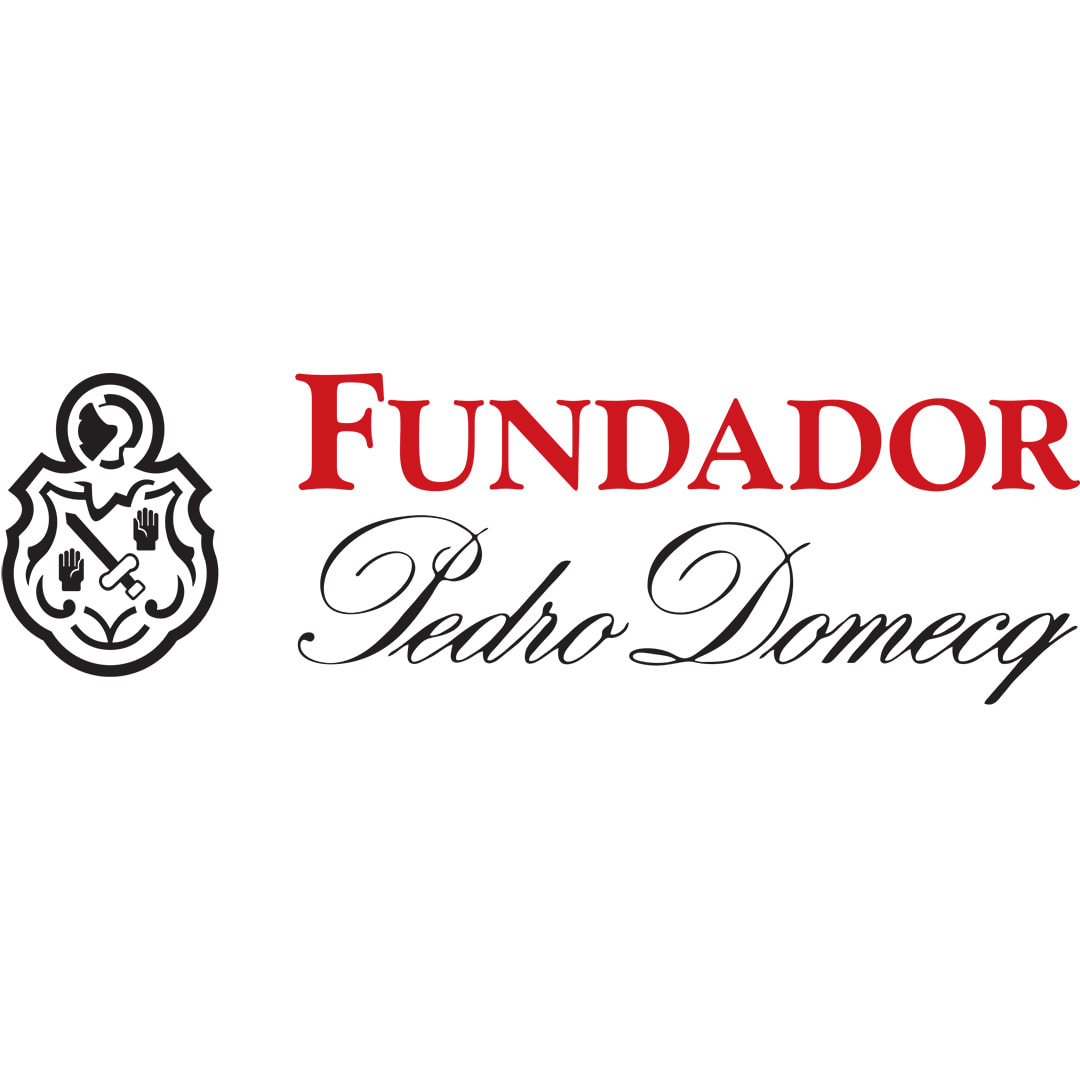
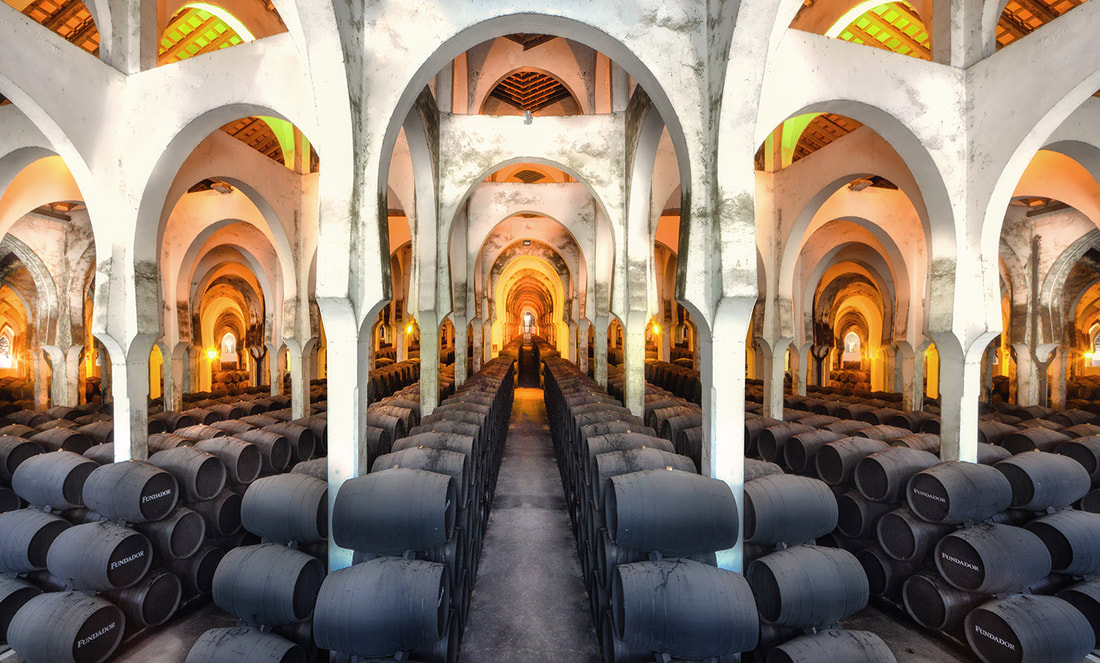

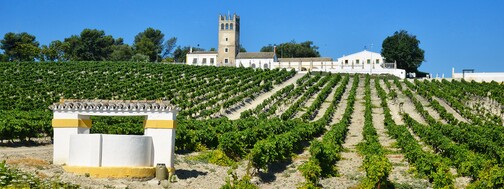
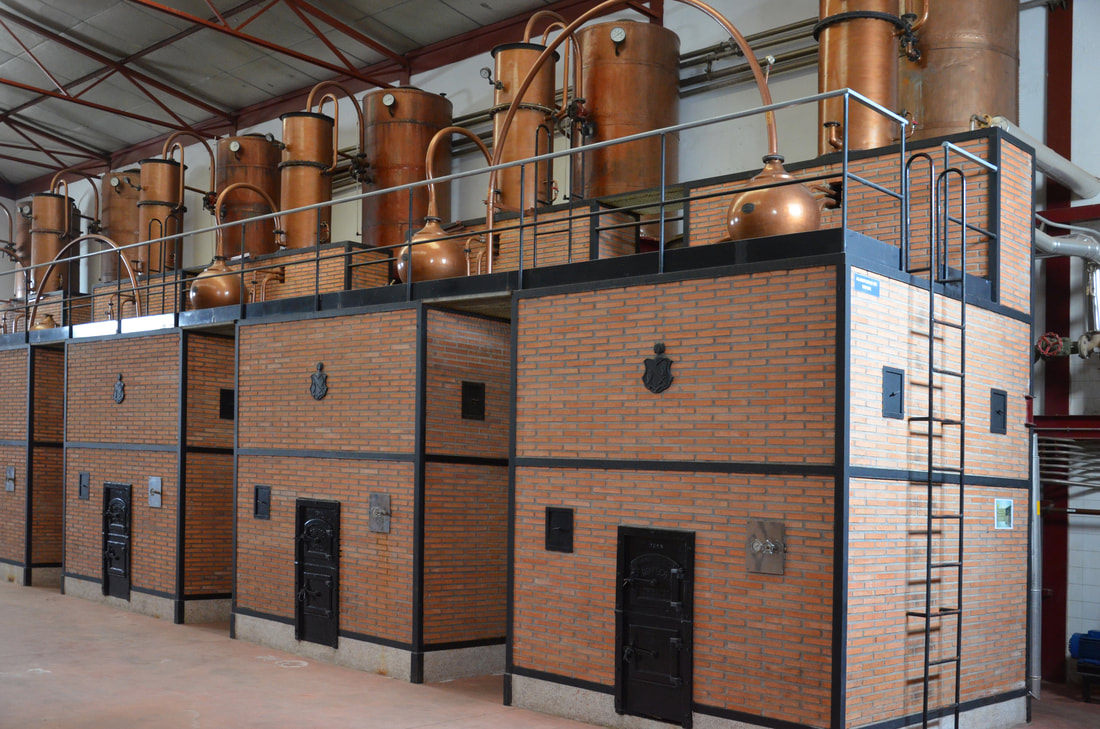
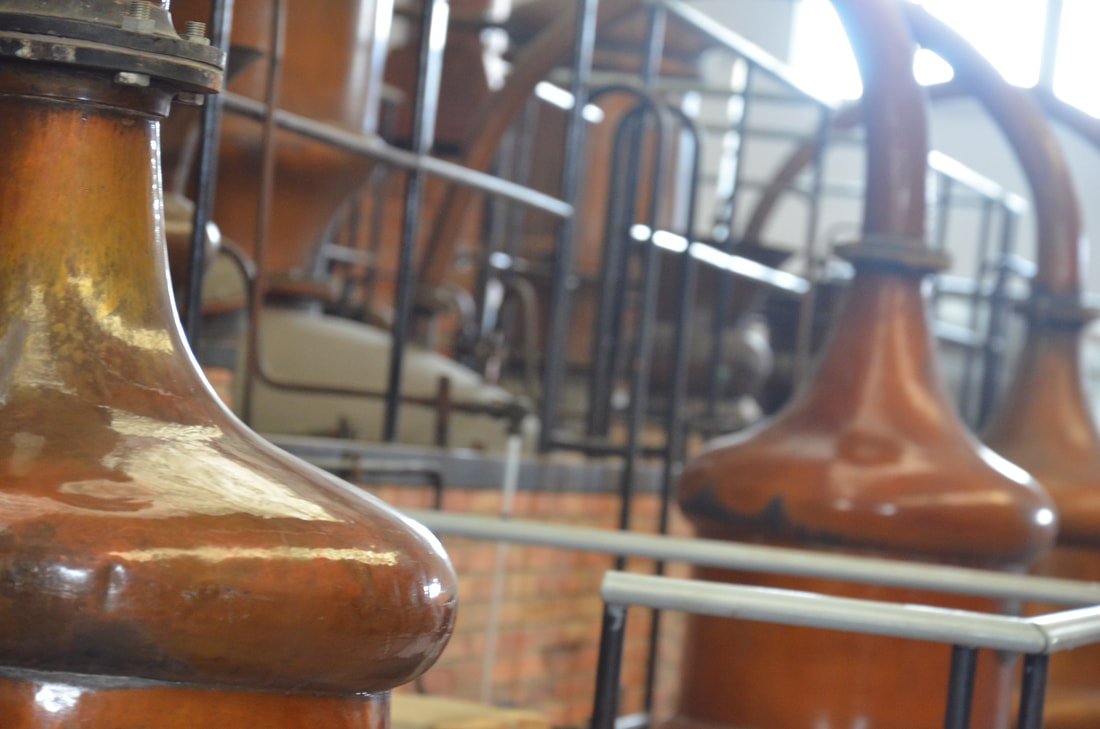
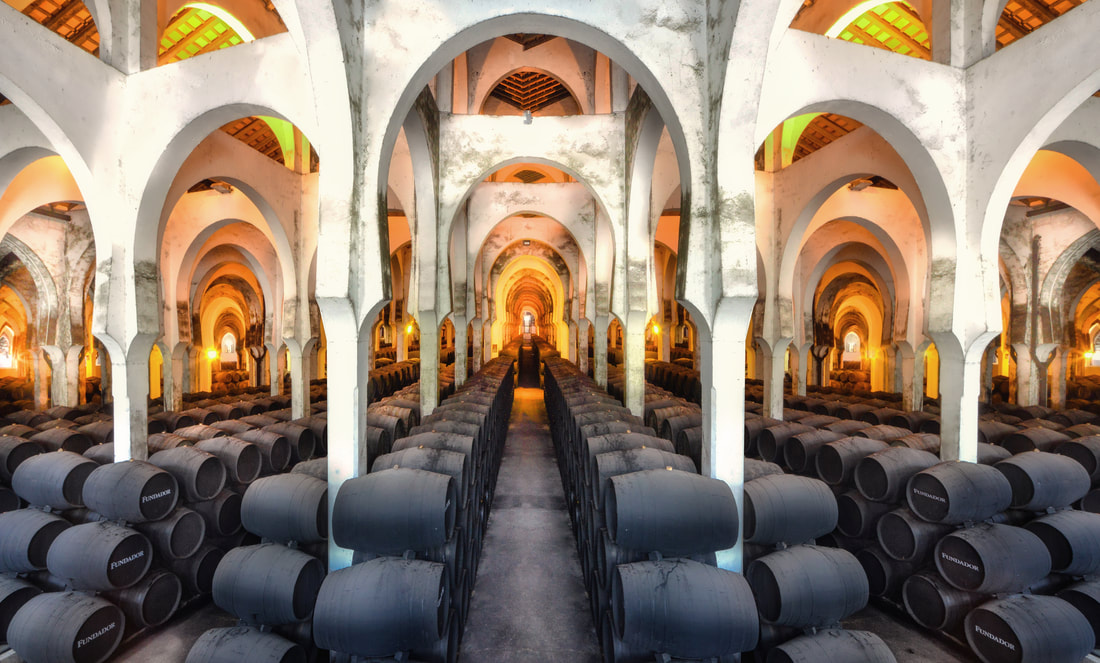

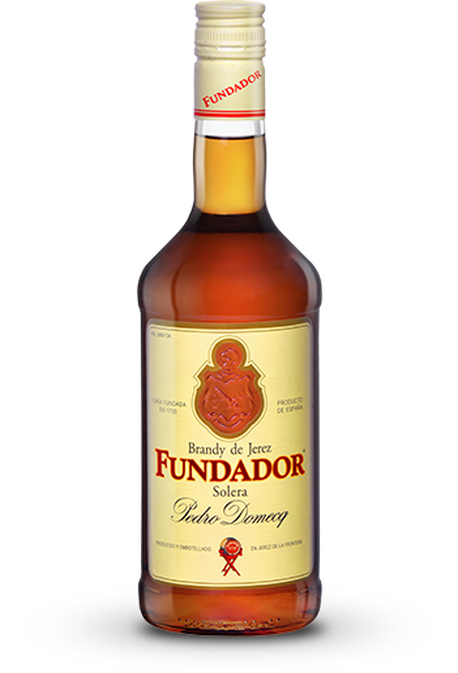
 RSS Feed
RSS Feed